The Christmas 2018 trading period will be remembered not for the weather, but for the challenges faced by retailers, says Springboard's Diane Wehrle.
Black Friday 2018 provided the landscape for the Christmas trading period. While it inevitably claimed some early Christmas spend, it fundamentally made no significant difference to the success of bricks-and-mortar destinations in November. Even online spend, on what is now a key event in the retail calendar, didn’t benefit as strongly as anticipated.
Week-by-week breakdown
Footfall performance over the first half of December deteriorated rapidly – down 5.5% in the first week and 4.5% in the second – as shoppers reined in their spending.
This was likely because of low consumer confidence and high debt levels, but an increasing appetite for experience-based purchases also diluted spend that would have previously been captured by bricks-and-mortar stores.
To some degree the temperate weather conditions supported footfall as, unlike December 2017, shoppers were able to freely make visits to destinations. However, it also mitigated against sales of winter products.
“To some degree the temperate weather conditions supported footfall as, unlike December 2017, shoppers were able to freely make visits to destinations. However, it also mitigated against sales of winter products”
Milder weather in the second half of the month, compared to the same period in 2017, supported footfall in the third week with a decline of only 0.1%.
But by the final trading week before Christmas, footfall dipped again – this time by 4.3%.
The saving grace of the month was the week after Christmas, when footfall rose 1.4% compared with the year before, driven by consumers seeking even greater discounts than were available before Christmas.
At the same time, 2018 delivered yet further evidence of the diminishing significance of Boxing Day as a key trading day, with footfall declining 3.1% compared with Boxing Day 2017.
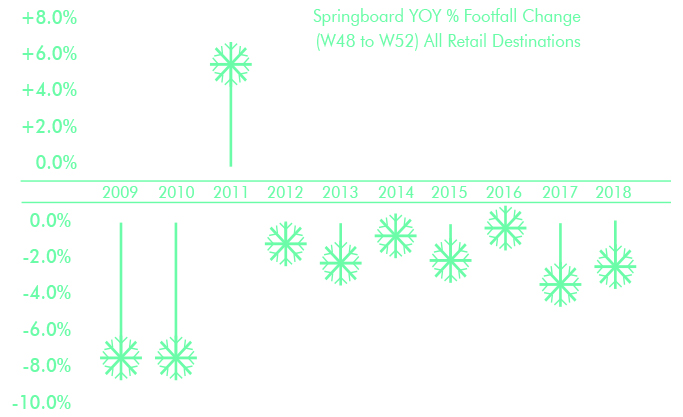
Does discounting make a difference?
Data for 2018 also highlights that discounting did not make any discernible difference to footfall in store or indeed to sales, which declined significantly compared with the Christmas trading period in 2017.
The travails of the department store and fashion sectors played out in December, with both categories recording a far greater drop in sales than others.
Indeed, it is not surprising that sales declined, as the store capture rate – the share of footfall in a destination that enters stores – dropped year on year, indicating that stores lost proportionately more shoppers than the locations in which they trade.
“With fewer in-store shoppers it meant that conversion rates and transaction values needed to increase substantially to mitigate the level of discounting, which was always going to be a difficult ask for retailers”
With fewer in-store shoppers it meant that conversion rates and transaction values needed to increase substantially to mitigate the level of discounting, which was always going to be a difficult ask for retailers.
So, what are the prospects for 2019? Given our political and economic position, it is advisable for retailers to only look forward one quarter and, in this context, it is unlikely that trading conditions will noticeably change.
Economic uncertainty and the underlying structural shift in consumer demand toward leisure-based purchases mean that the drop in footfall and the pull-back in store spending will continue.

Diane Wehrle is marketing and insights director at Springboard
Springboard’s full Christmas 2018 review is available to download for free at www.spring-board.info.













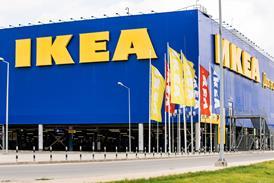






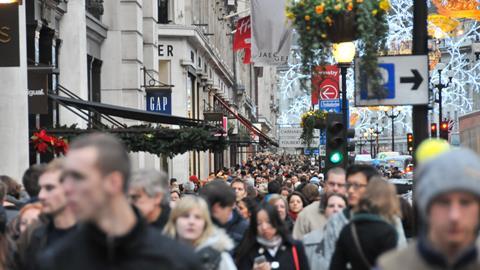





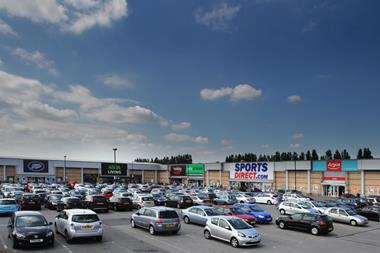
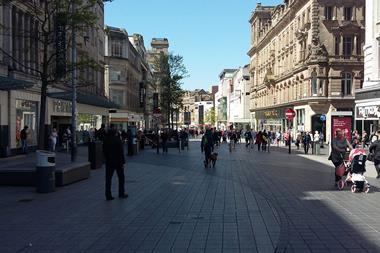



No comments yet